Free shipping order over 20,000
Green Fisher’s
₨ 3,800
- Scientific Name: Agapornis fischeri
- Size: Typically around 13-15 cm (5-6 inches) in length.
- Color: The Green Fisher’s Lovebird features a predominantly green plumage. The back and wings are a bright, vivid green, while the underparts are a lighter green or yellowish-green. They often have a distinct color pattern with a darker green on the head and lighter green on the belly. The face and chest can sometimes have a slightly yellow or orange hue.
- Beak: Usually orange or reddish.
- Eyes: Dark brown or black, providing a good contrast against the green feathers.
- Legs and Feet: Pale or flesh-colored.
Share
Share on facebook
Share on email
Important Keys:
Habitat
- Distribution: Native to northeastern Tanzania, specifically the areas around Lake Victoria. In the wild, they inhabit savannas, open woodlands, and riverine forests.
- Environment: They adapt well to captivity, thriving in aviaries or spacious cages that provide ample room for flying and social interaction.
Diet
- Primary Food: Their diet consists of seeds, including millet, canary seed, and other small seeds. A balanced pellet mix is also important.
- Supplementary Food: Fresh fruits, vegetables, and occasional protein sources like egg food or mealworms are important for their health.
- Feeding Behavior: They forage for food in their environment and are typically provided with a mix of seeds and other food items in feeding dishes.
Breeding
- Breeding Season: In captivity, Green Fisher’s Lovebirds can breed year-round if conditions are suitable.
- Nest Location: They build nests in enclosed spaces such as nest boxes or dense vegetation. In captivity, they use wooden or artificial nest boxes.
- Egg Quantity: Clutches usually consist of 4-6 eggs.
- Incubation Period: Eggs are incubated for about 21-23 days, with both parents participating.
- Fledging: Chicks generally fledge around 6-8 weeks after hatching.
Lifespan
- In the Wild: Lovebirds typically live around 10-15 years.
- In Captivity: With proper care, they can live up to 15-20 years or more.
Behavior
- Social Structure: Green Fisher’s Lovebirds are highly social and thrive in pairs or small groups. They are known for their affectionate and playful behavior.
- Vocalization: They produce a variety of sounds, including chirps, whistles, and soft calls used for communication and during social interactions.
![]()
Be the first to review “Green Fisher’s” Cancel reply
Related Products
-
-20%
Owl Finch
₨ 20,000Original price was: ₨ 20,000.₨ 16,000Current price is: ₨ 16,000. -
-43%
Blue Gouldian Finch
₨ 35,000Original price was: ₨ 35,000.₨ 20,000Current price is: ₨ 20,000. -
-20%
Silver Diamond Firetail Finch
₨ 31,250Original price was: ₨ 31,250.₨ 25,000Current price is: ₨ 25,000. -
-25%
Common Cut-throat
₨ 24,000Original price was: ₨ 24,000.₨ 18,000Current price is: ₨ 18,000. -
-19%
White Bengalese
₨ 1,850Original price was: ₨ 1,850.₨ 1,500Current price is: ₨ 1,500. -
-21%
Euro Bengalese
₨ 3,800Original price was: ₨ 3,800.₨ 3,000Current price is: ₨ 3,000. -
-40%
Red Pied Dove
₨ 10,000Original price was: ₨ 10,000.₨ 6,000Current price is: ₨ 6,000. -
-20%
Cape Dove
₨ 37,500Original price was: ₨ 37,500.₨ 30,000Current price is: ₨ 30,000.
Sign Up for Exclusive Birds Care Tips and Offers from Phool Panchi
Company links
Category
Contact
© 2024 Phool Panchi | Developed By v3Studio







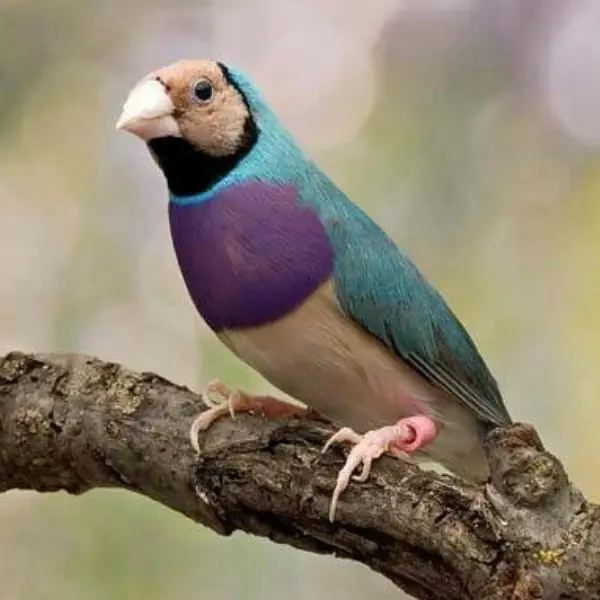
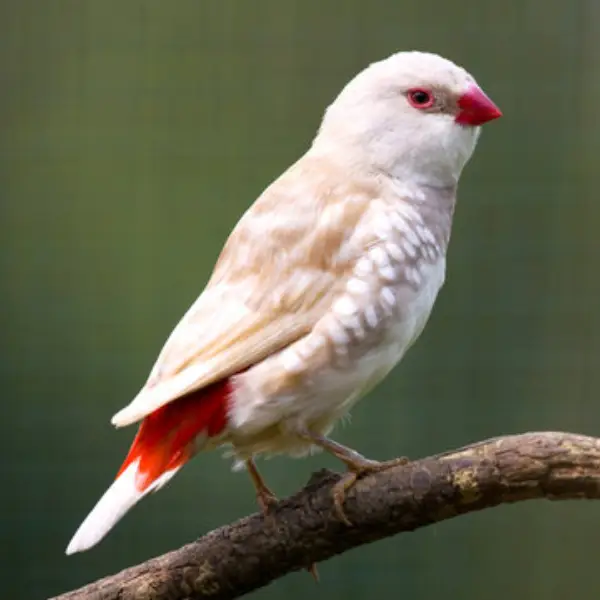

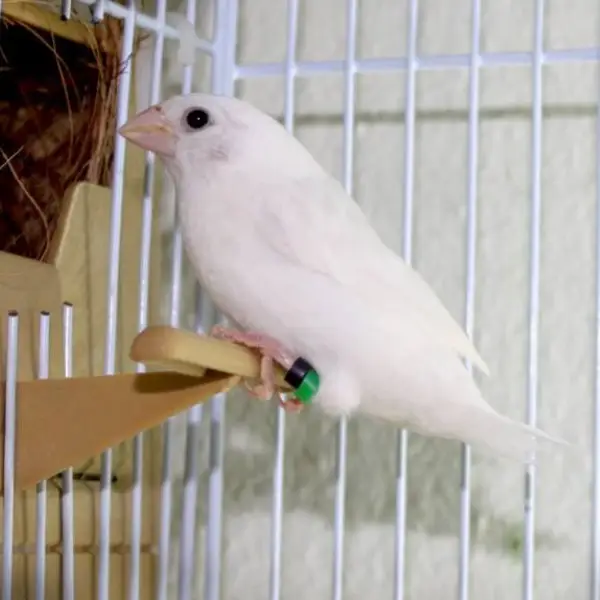

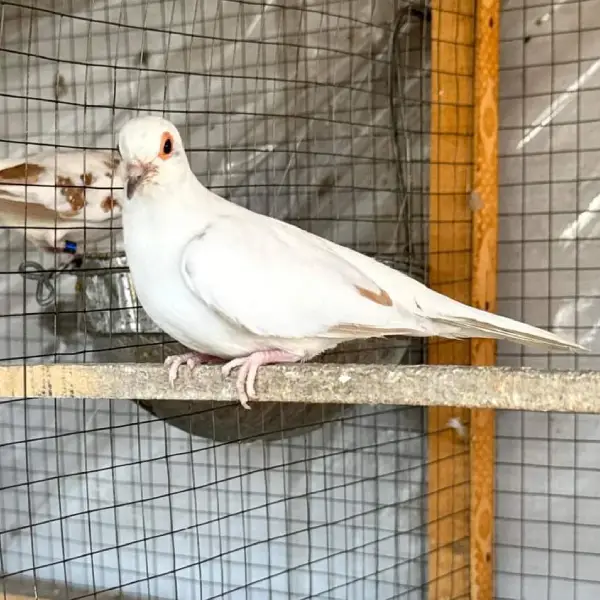
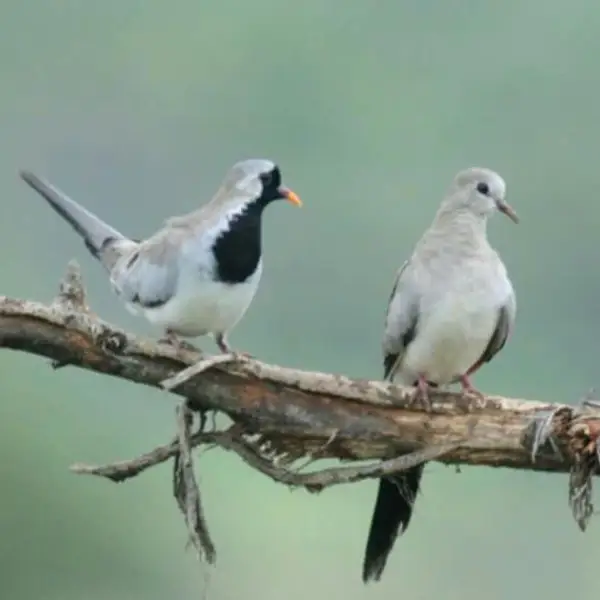
Reviews
There are no reviews yet.